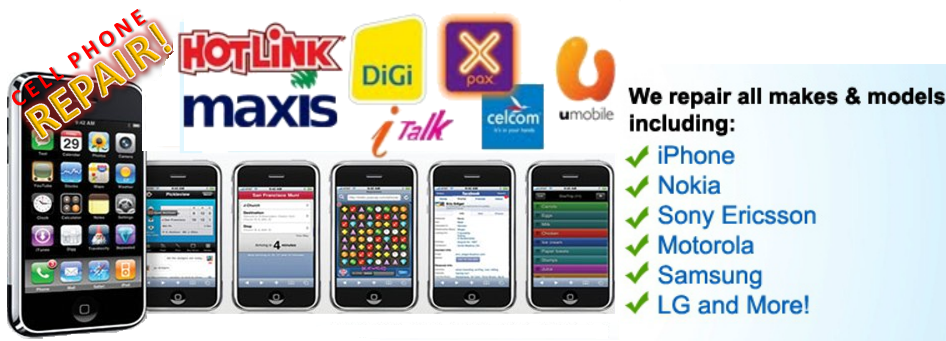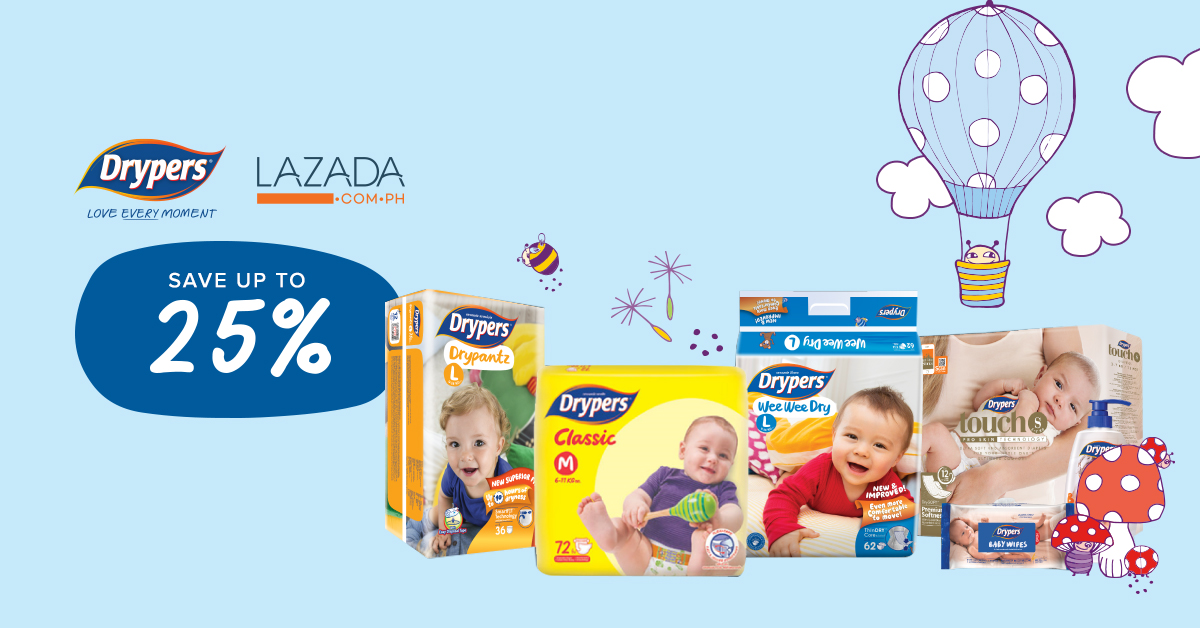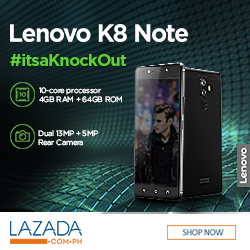Snapchat is a photo messaging application ("app") developed by Evan Spiegel and Robert Murphy, then Stanford University students. Using the app, users can take photos, record videos, add text and drawings, and send them to a controlled list of recipients. These sent photographs and videos are known as "Snaps". Users set a time limit for how long recipients can view their Snaps (as of December 2013, the range is from 1 to 10 seconds), after which they will be hidden from the recipient's device and deleted from Snapchat's servers. As of July 2013, the interface of Snapchat, on both the Android and iOS versions, consists of a large circular button located at the center of the bottom portion of the screen, flanked on the sides by a picture of a three-dimensional box on the left hand side, and a two-dimensional striped box on the right hand side. Snapchat versions 1.0 to 4.0 originally had a blue coat covering these three buttons, although the blue coat was discarded in version 5.0. The large circular button is the camera button.
By pressing the button once, the application will take a still image. The user can then proceed to alter the image, by applying text and/or ink drawings onto the image, before sending it off to a controlled list of recipients. By holding the button, the application will instead record a short video lasting up to 10 seconds which, just like a still image, can have text applied to it by the user, before it is sent away. Recorded images and videos can be saved by the sender prior to sending by pressing the white arrow in the bottom left-hand corner.
Description
- Original author(s) : Snapchat, Inc.
- Developer(s) :
* Daniel Smith
* David Kravitz
* Leo Noah Katz
* Bobby Murphy
* Evan Spiegel - Initial release : September 2011
- Stable release : 6.0.2
- Development status : Active
- Operating system : iOS, Android
- Size : 6.6 MB
- Available in : English
- Type : Photo sharing, social networking service
- License : Proprietary software
- Alexa rank : Increase 36,156
The three-dimensional box on the left hand side of the interface takes the Snapchat user to a menu that shows the user the snaps he/she has been sent by other Snapchat users, along with the snaps that the user has sent to other users. Users are informed by text whenever one of their snaps has been viewed or not, and whether it has been screenshotted or not. Users view Snaps sent to them by other Snapchat users by pressing and holding onto the image or video. The image or video will remain for the time set before it is permanently removed. As of Version 5.0, the Snapchat options menu is accessed by accessing the Snaps menu, and then pressing the cog on the top right hand corner of the Snaps menu.
During the viewing period, the recipient must maintain contact with the device's touchscreen, thereby hindering the user's ability to take a screenshot, which is allowed. The sender is also notified by Snapshot if a recipient takes a screenshot. However, it is possible for the user to bypass this mechanism by, for example, taking a picture of the phone with another camera, or by disabling the notification function through a modification of the Snapchat binary; furthermore, running the Snapchat application in an emulator will bypass all restrictions. After the set time expires, the image is deleted from the devices and the company's servers. On May 9, 2013, Snapchat's blog responded to the speculation regarding the retrieval of its app's images :
- If you’ve ever tried to recover lost data after accidentally deleting a drive or maybe watched an episode of CSI, you might know that with the right forensic tools, it’s sometimes possible to retrieve data after it has been deleted. So… you know… keep that in mind before putting any state secrets in your selfies :)
Snapchat launched the "Snapchat Stories" feature in early October 2013 and released corresponding video advertisements with the tagline "It's about time." The feature allows users to create links of shared content that can be viewed an unlimited number of times over a 24-hour period. The "stories" are simultaneously shared with the user's friends and content remains for 24 hours before disappearing.
Users
The app's main demographic is users between 13 and 23 years of age; with a growing 40 years-and-over userbase as of October 2012. Snapchat is often used to send self-portraits, called "selfies," and 30 percent of Snaps are sent to groups. Spiegel revealed at the Dive Into Mobile conference in April 2013 that 80 percent of Snapchat's users are located in the US.
Snapchat's marketing potential was published in late September 2013 by the Vocus company, who identified Taco Bell, Karmaloop, and 16 Handles, a New York, US frozen yogurt chain, as early adopters of the app for such a purpose. Vocus explained, "Brands can set up profiles on the network and add users as friends, who opt into the brand's messages by accepting."
History
Snapchat was started by Reggie Brown and Evan Spiegel as a project for one of Spiegel's classes at Stanford University, where he was a product design major. Beginning under the name Picaboo, the two later brought Bobby Murphy into the project to code the application. When Spiegel floated the idea in April 2011 in front of the product design class for his final project, classmates balked at the idea of the impermanent photos. Snapchat first launched in July 2011 under the name Picaboo in Spiegel's father's living room, though the application was later renamed and relaunched under the name Snapchat.
Early on, the Snapchat team focused on usability and technical aspects rather than branding efforts. The app's mascot is called "Ghostface Chillah", a name Brown derived from Ghostface Killah of the hip hop group Wu-Tang Clan. In May 2012, 25 images were being sent per second and, as of November 28, 2012, users had shared over one billion photos on the Snapchat iOS app, with 20 million photos being shared per day. In November 2012, Spiegel cited problems with scaling, as the userbase increased, as the reason for why Snapchat was experiencing difficulties with delivering images in real time.
As the Snapchat team set to work on its Android app, team members discovered that images had letterboxing issues for picture previews. The team spent six weeks rebuilding the camera function and Snapchat was eventually released on Android on November 29, 2012. Snapchat raised US$485,000 in its seed round and an undisclosed amount of bridge funding from Lightspeed Ventures. In June 2013, Snapchat raised US$60 million in a funding round led by venture-capital firm Institutional Venture Partners. The firm also appointed a new high-profile board member Michael Lynton of Sony's American division.
Also in June 2013, Snapchat introduced Snapkidz for users under 13 years of age. Snapkidz is part of the original Snapchat app and is activated when the user provides a date of birth to verify his/her age. Snapkidz allows children to take snaps and draw on them, but they cannot send snaps to other users and can only save snaps locally on the device being used.
In June 2013, Snapchat version 5.0, dubbed "Banquo", was released for iOS. The updated version introduced several speed and design enhancements, including swipe navigation, double-tap to reply, an improved friend finder, and in-app profiles. The same changes were then carried over to Android devices in July 2013.
The company revealed in a blog post on October 14, 2013 that it complies with the federal Electronic Communications Privacy Act (ECPA) by handing over images not yet seen by its users to American law enforcement agencies. Snapchat director of operations Micah Schaffer explained : "Since May 2013, about a dozen of the search warrants we’ve received have resulted in us producing unopened snaps to law enforcement."
Business
As of October 2012, Snapchat had not made any revenue. Spiegel said in October 2012 that the Snapchat team was unwilling to be acquired.
As of February 2013, Snapchat confirmed a US$13.5 million Series A funding round led by Benchmark Capital, which valued the company between US$60 million and US$70 million. On June 24, 2013, the company's blog welcomed IVP as the lead investor from the Series B financing round, in which General Catalyst, Benchmark Capital, Lightspeed Venture Partners, and SV it is l also participated.
A mid-July media report valued the company at US$860 million.
On November 14, 2013, The Wall Street Journal reported that Snapchat declined a cash offer from Facebook of US$3 billion to acquire the company.
According to Om Malik, on November 15, 2013, Google offered $4B for the company but Evan Spiegel declined.
On December 11, 2013, Snapchat confirmed $50M from Coatue Management in Series C funding.
Download : http://www.snapchat.com
Source : Wikipedia.


















































